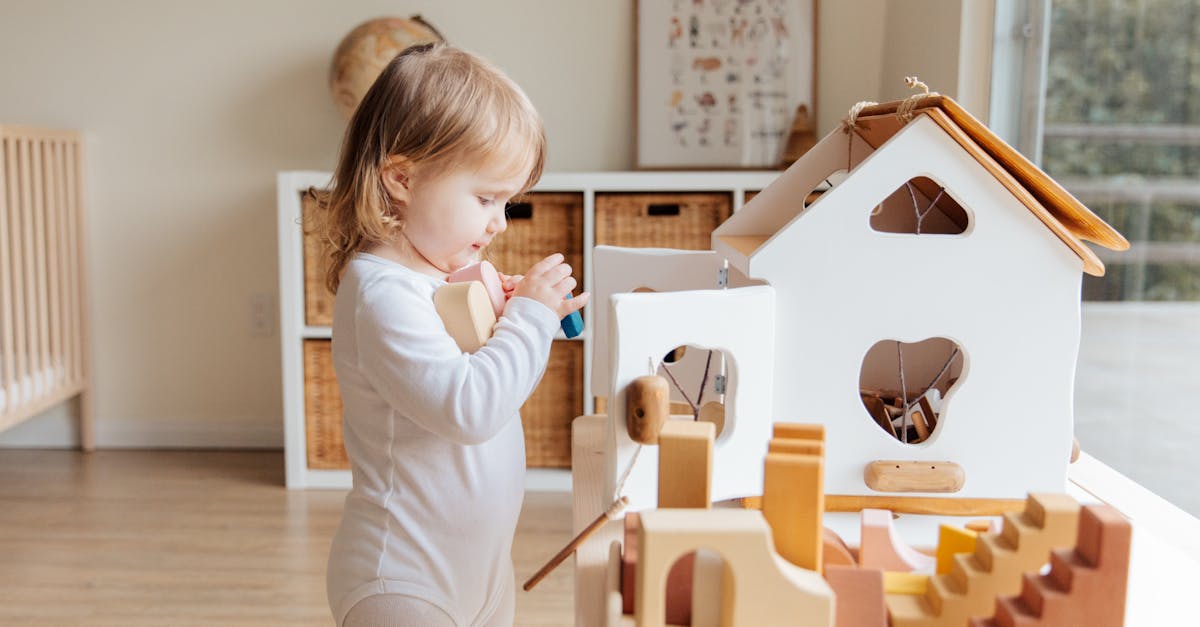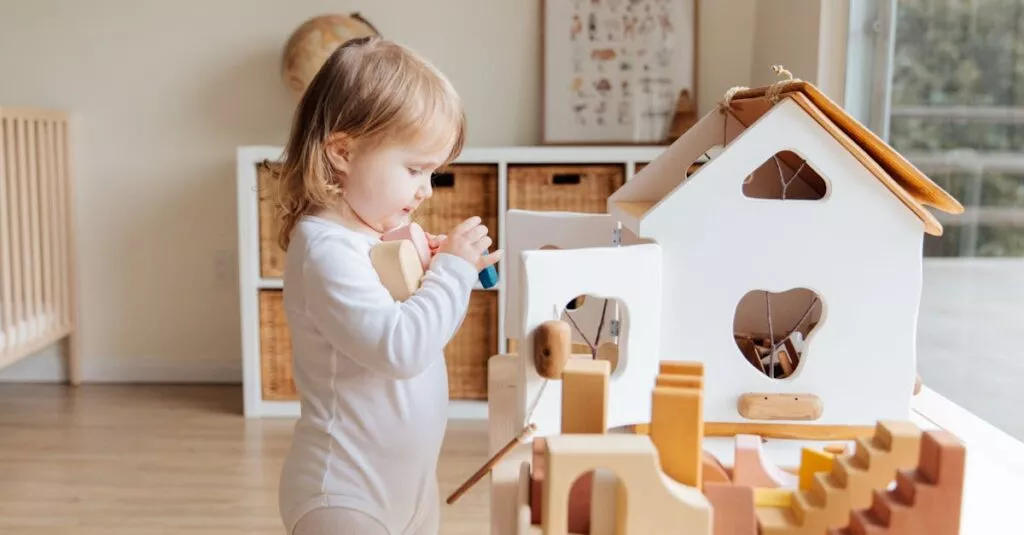Recognizing the Signs
Spotting early signs of language development issues can often feel like trying to solve a Rubik’s Cube in the dark. But, fear not! Some telltale markers can signal if your baby might need a nudge in the gibberish department. Delayed babbling, limited eye contact, and a lack of social smiling by 6 months of age are red flags. Remember, every child is a unique storybook, waiting to be read.

Why Early Detection Matters
Why bother with early detection? Imagine building a house on shaky foundations. Complications with language development can be the cracks in your baby’s foundational skills. Identifying and addressing these early on can lead to significant improvements in communication, emotional health, and future academic success. It’s about building that robust foundation, brick by brick, word by word.

Talking the Talk: Activities for Language Enrichment
Transforming your home into a language-rich environment isn’t as daunting as it sounds. Narrate your day, sing songs, and delve into the world of colorful picture books. These activities are not just bonding moments but golden opportunities for language growth. Remember, your baby’s brain is like a sponge, ready to soak up words and sounds. So, let the language games begin!

Silence Isn’t Always Golden: When to Worry
Not every quiet moment spells trouble, but recognizing when silence morphs from golden to concerning is crucial. Consistent lack of response to sounds or names, limited babbling, or absence of simple gestures by 12 months are significant. It’s time to peel back the layers and seek professional advice if you notice any of these signs. Better safe than speechless, right?

Remember, early detection and intervention can make a world of difference. Trust your instincts and don’t hesitate to reach out for help if you have any concerns about your child’s development.
Creating a Bilingual Wonderland
Raising a bilingual baby might sound like preparing for a space mission, but it’s entirely within your reach. Exposing your little one to multiple languages can enhance cognitive flexibility and cultural awareness. The key is consistency and simplicity.
Decide on clear contexts for each language; perhaps, one at home and another outside. Embark on this linguistic adventure, and who knows? Your home might just be the birthplace of a future polyglot!

Beyond Words: Encouraging Communication
Communication isn’t always about words. Encouraging non-verbal cues, like pointing, gesturing, or using visual aids, can be incredibly powerful. These alternate forms of communication can act as stepping stones towards verbal language, reducing frustration for both you and your baby. Remember, the goal is to keep the lines of communication open, by any means necessary. After all, a smile or a hug can convey volumes more than words ever could.

